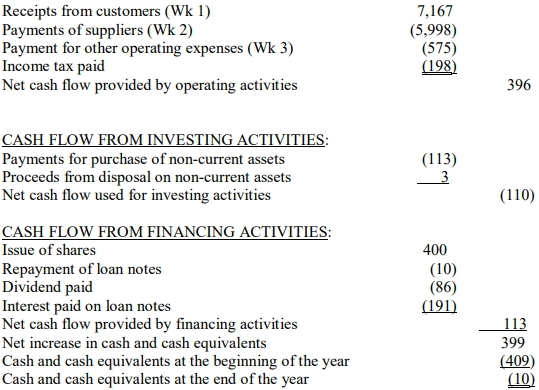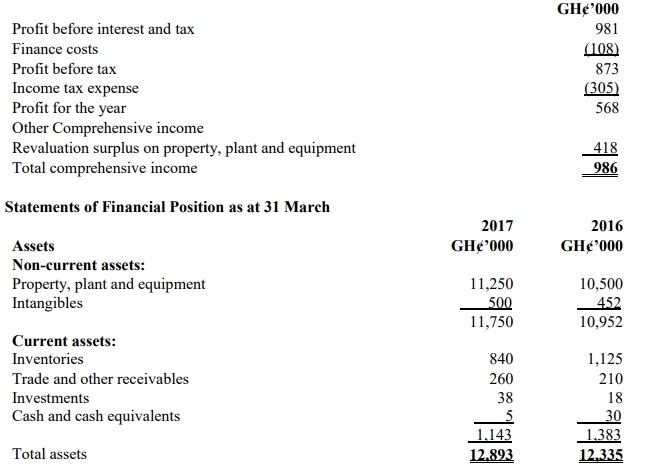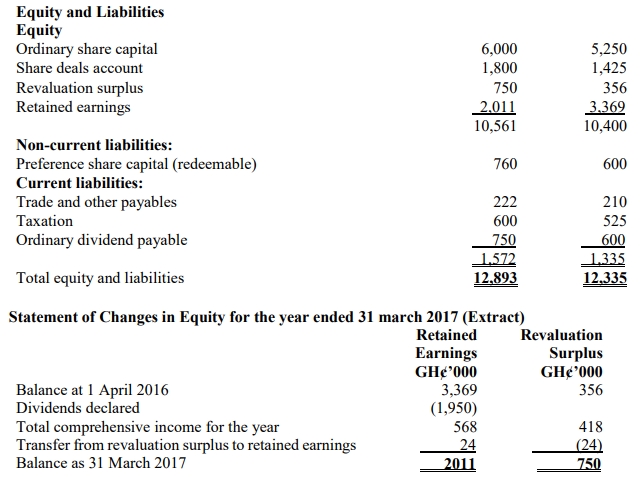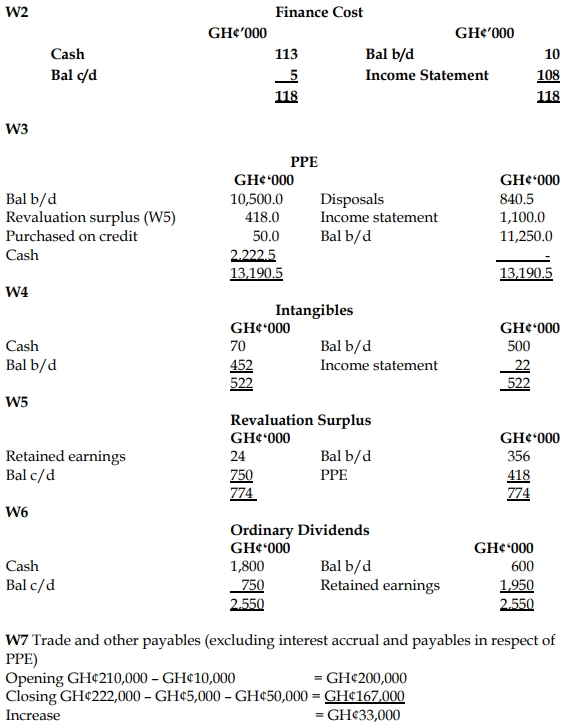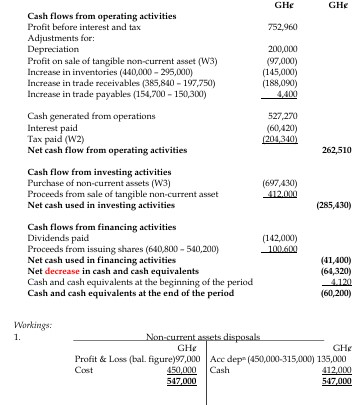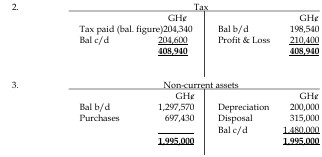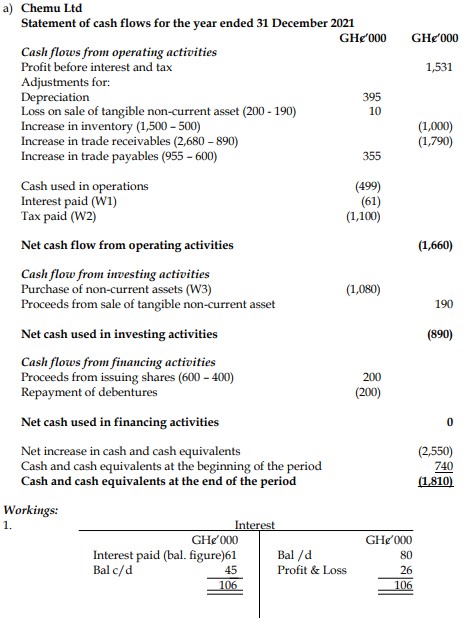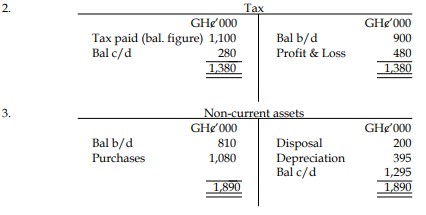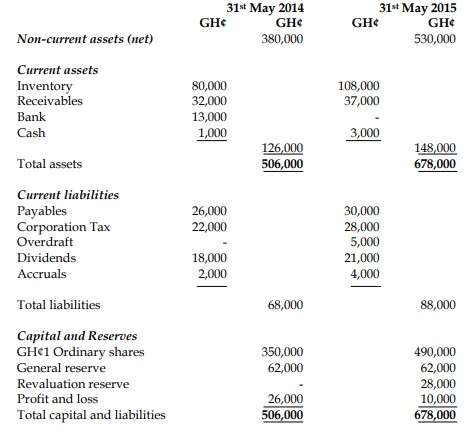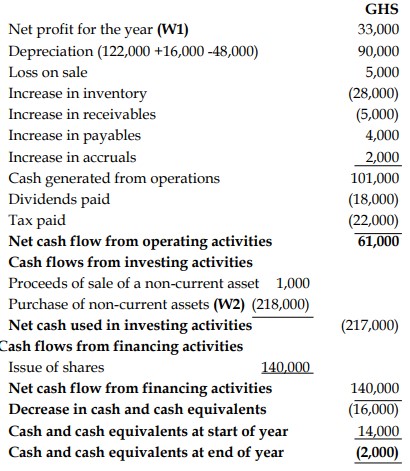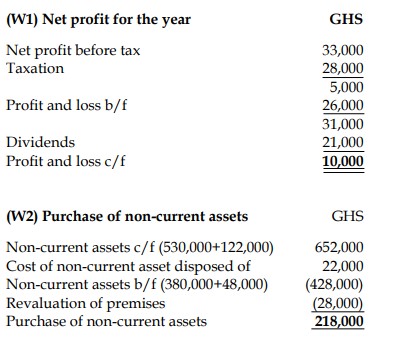- 1 Marks
Question
Which of the following will NOT be regarded as an investing activity in relation to IAS 7 statement of cash flows?
A. Dividend received
B. Cash paid to acquire property, plant and equipment
C. Cash paid to acquire equities in other entities
D. Cash payment to supplier of goods and services
E. Proceeds from sale of property, plant and equipment
Answer
Answer: D. Cash payment to supplier of goods and services
Explanation:
The correct answer is D because under IAS 7, investing activities generally involve transactions related to the acquisition or disposal of long-term assets and investments. Payments to suppliers of goods and services, however, are classified as operating activities, not investing activities. This distinction is key for proper classification in the statement of cash flows.
Run down:
The selected answer is D because payments to suppliers of goods and services pertain to operating activities, and investing activities typically relate to long-term assets or investments.
- Tags: Cash Flow, IAS 7, Investing Activities, Statement of Cash Flows
- Level: Level 1
- Topic: Regulatory Environment of Accounting
- Series: MAY 2016
- Uploader: Joseph

